Is a Plumbing Inspection Necessary When Buying a New Home?
If there is anything that could take the joy out of buying a new home, it could be the process of buying a new home. It is a long, often confusing process that, at best, can be described as daunting. Not only is there the process of getting everything lined up with the banks (closing costs, etc.), but there is also the process of having the house inspected to ensure it is up to code. Of course, if anything is found during these inspections, you will likely have to spend money on whatever the issue is to fix it before you can finally move in.
With that in mind, it is worth wondering if there are parts of getting a house inspected before buying that you could skip altogether. How much of it is necessary? In this article, we will go over what is looked at during a plumbing inspection, things that could go wrong if you skip a plumbing inspection, and whether it is even possible to skip this part of the process in the first place. So, if you are planning on buying a house, read on! This article is just for you.
What are they looking for?
What exactly is being looked for when a plumbing inspection is conducted? The basic answer is anything with pipes in your home. A plumber will look at your sinks, toilets, showers, sewage lines, water supply, water heater, and anything else that has water flowing through it. This plumber will look at and test your pipes for corrosion, leaks, cracks, or any other problems that currently exist or could pop up later.
They do this by using two different methods.
The first method is simply an eye test. This is checking out anything visible to the naked eye, including faucets, shower heads, valves, piping, caulking, etc. An experienced professional will be able to tell a lot just from looking. A plumber might find cracking, mold, condensation, leaking, or warping. All of these could be signs of trouble now or in the future.
Next, an experienced plumber will use cameras to look into your pipes. By doing this, a plumber can see if there is any damage or build-up in your pipes that could cause issues in the future. Even if it seems like everything is running smoothly to the naked eye, a camera test might reveal problems that should be fixed now instead of later.
How much does it cost?
The way to go is to see if you have plumbing issues home inspection. However, there is always the concern of price. During the homebuying process, all the little things add up, but you can be assured that the plumbing inspection price isn’t too high.
On average, you can expect to spend a couple hundred bucks. It can cost different amounts depending on how thorough an inspection you are having conducted. For example, a video inspection will cost more than an inspection without video.
What happens if they find something?
A truth of life as a homeowner is that it is better to fix something in the early stages of damage than in the later stages. If you have a plumbing inspection done and it is revealed that you need to fix things, you should be prepared for a wide range of outcomes. Even with knowing this, plumbing problems after buying a house could be much worse than the ones you know about beforehand. Water damage is one of the most expensive things that could go wrong in your home, and most water damage is directly related to plumbing issues.
If your plumber finds something that needs to be fixed, they will recommend how to proceed. It’s hard to decide what to expect, as a simple fix could be as cheap as $100, while more complex issues could wind up in the thousands.
Do I need a plumbing inspection?
Whether or not you must have a plumbing inspection is up to your mortgage lender. There are no laws that say plumbing inspections are required, but a lot of mortgage lenders require them before they will allow an individual to close on a home. It makes sense. Fixing a problem now, as mentioned above, is much less expensive than fixing a bigger problem in the future.
If you would like to learn more, please contact Gainesville Mechanical today.
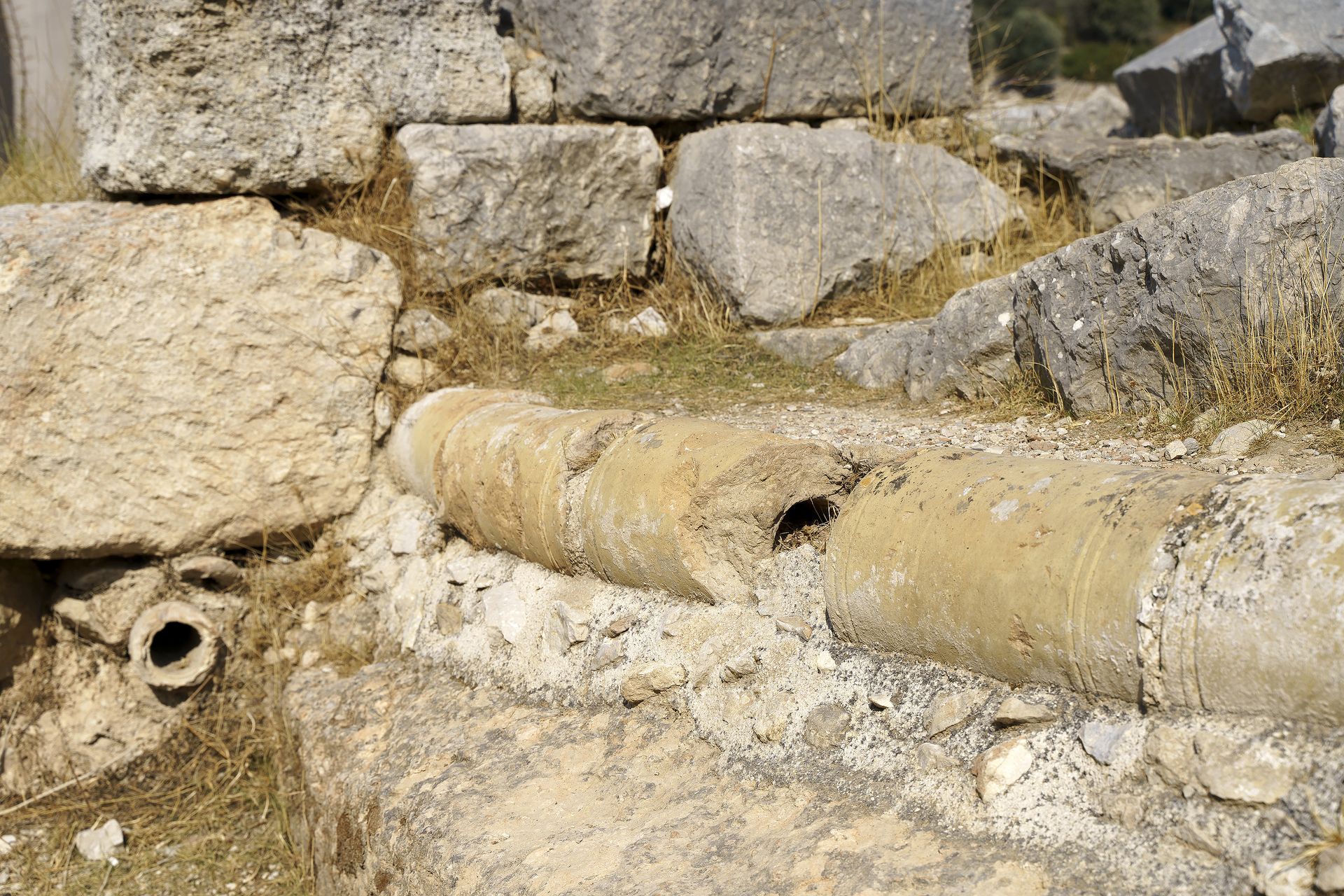
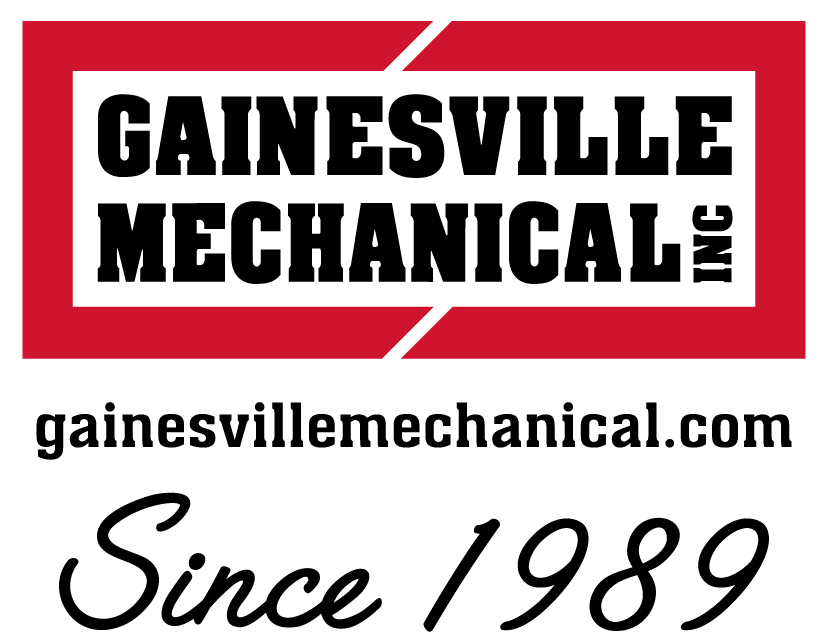
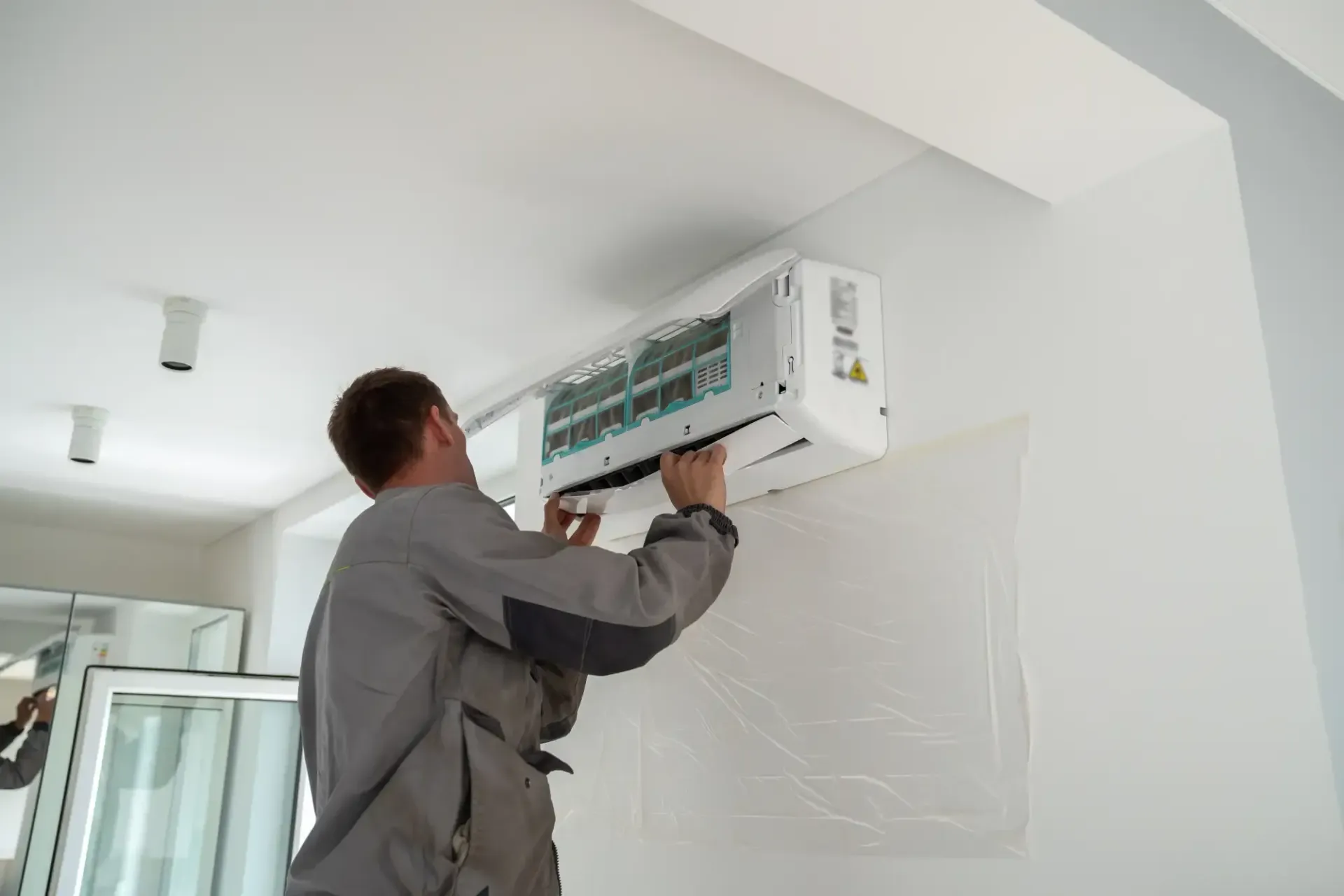

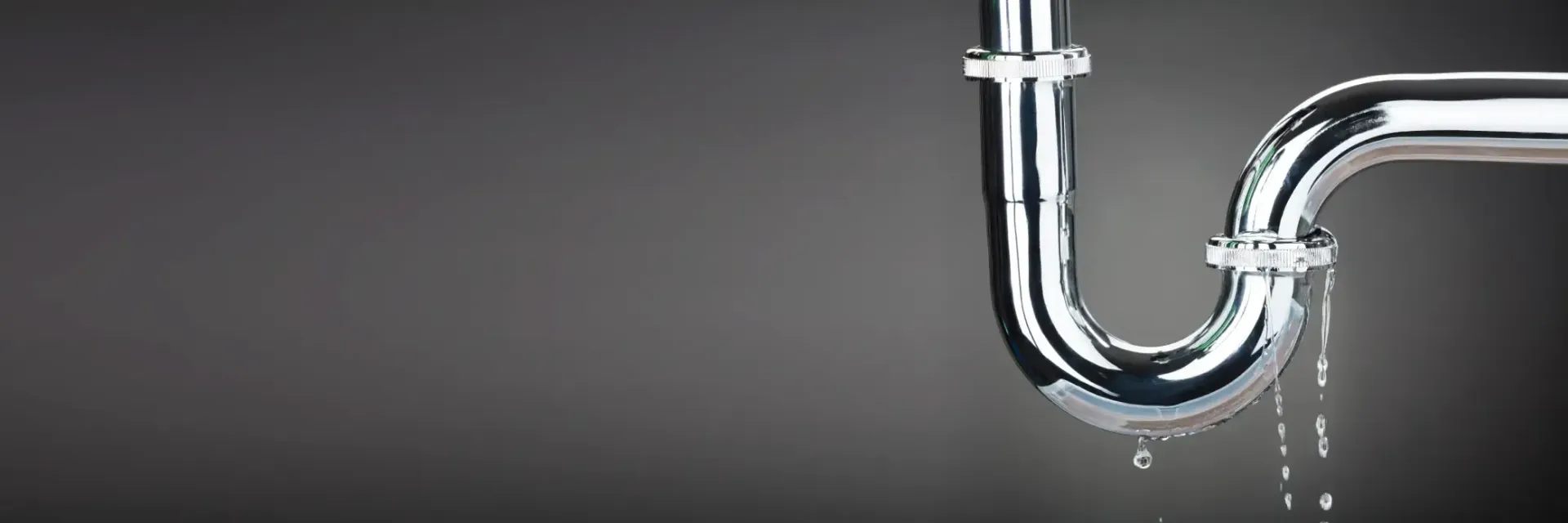

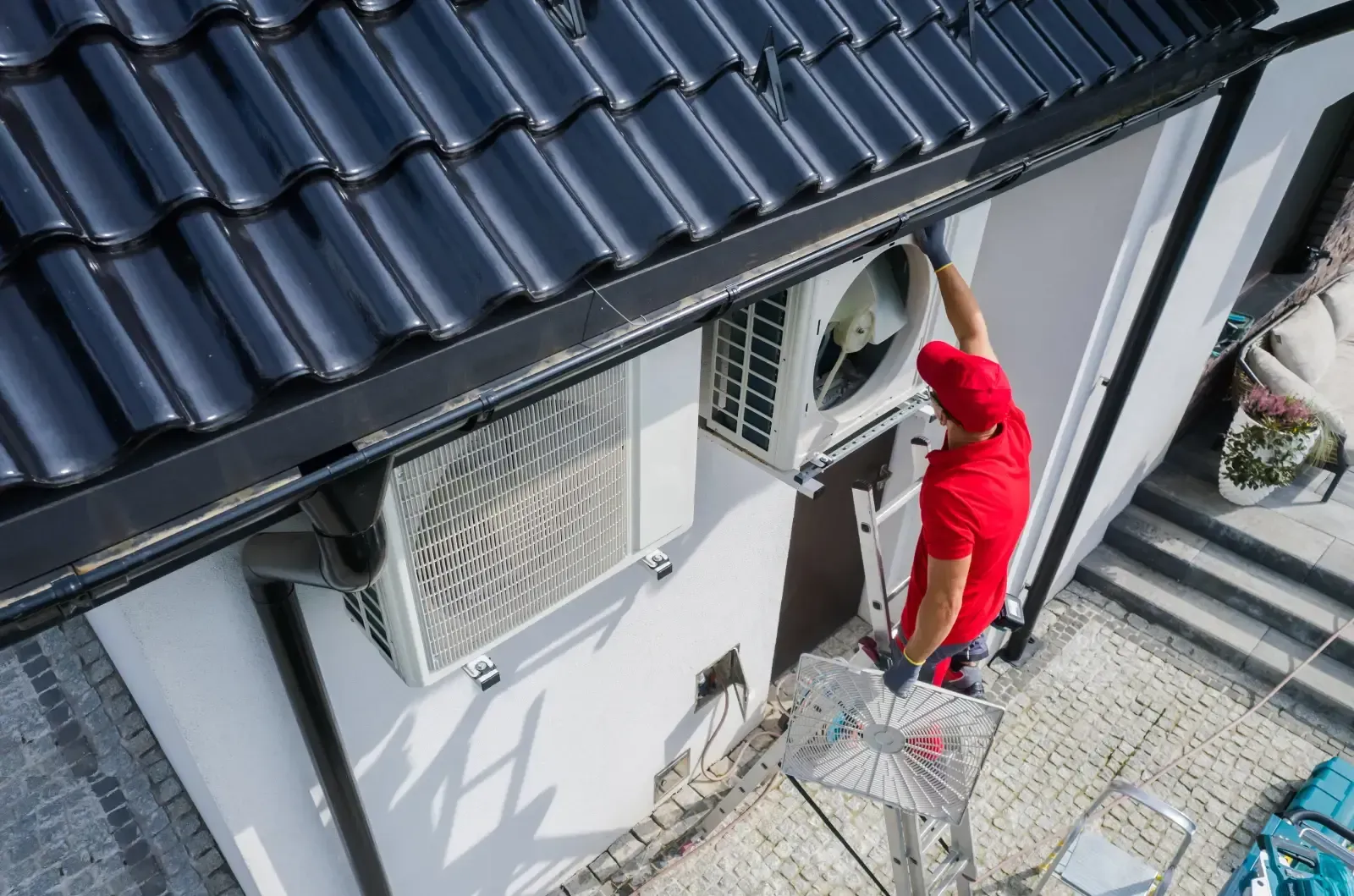
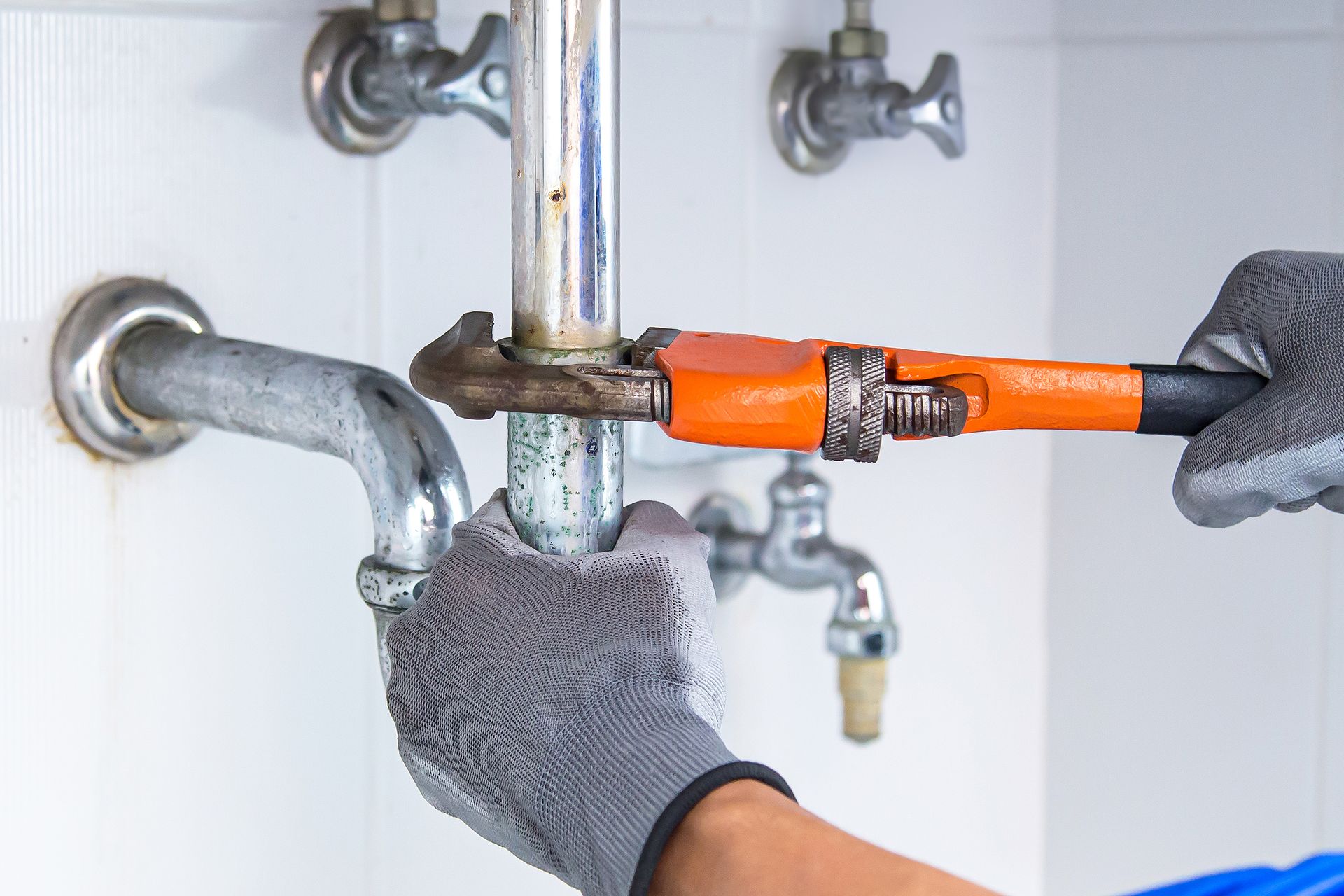
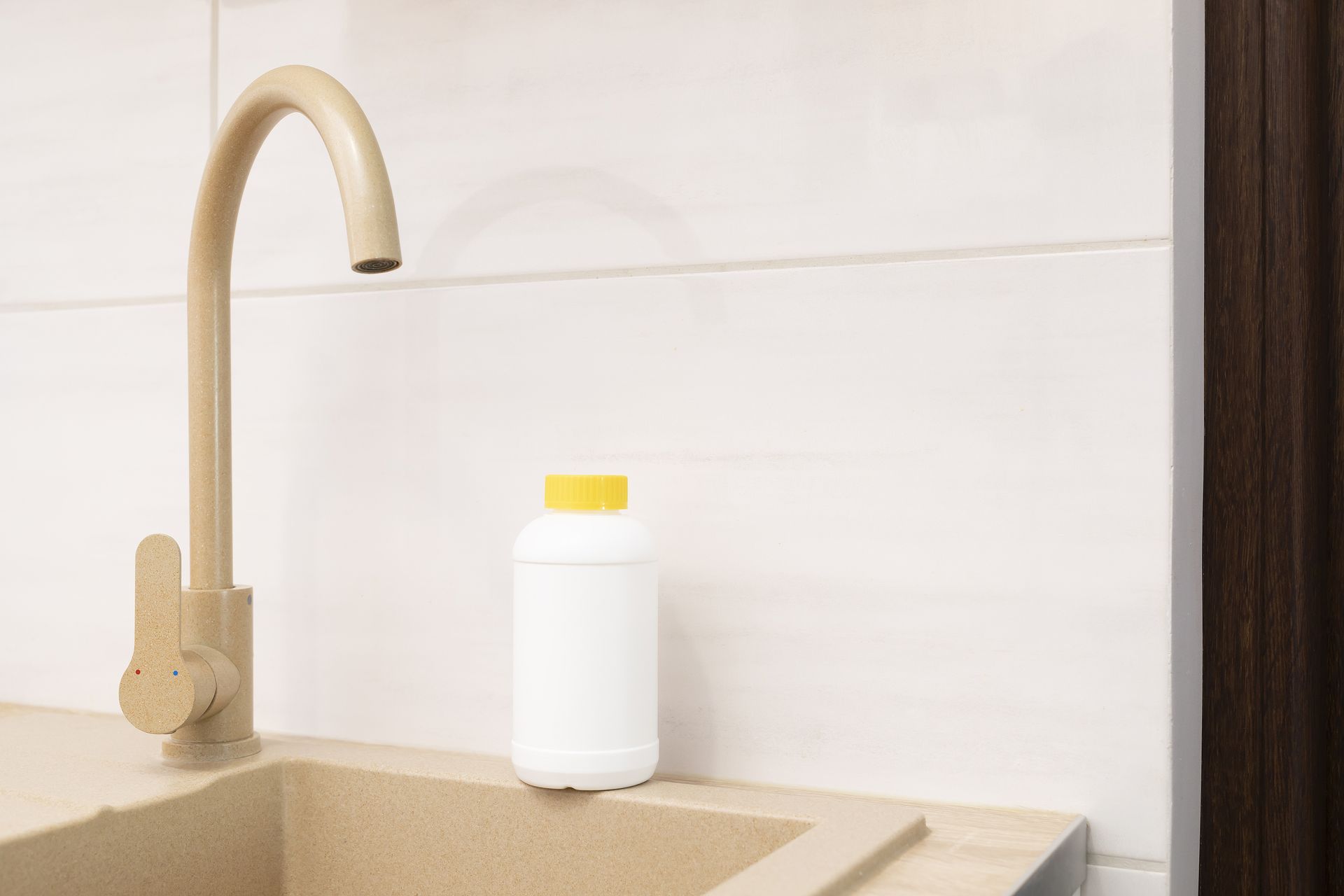
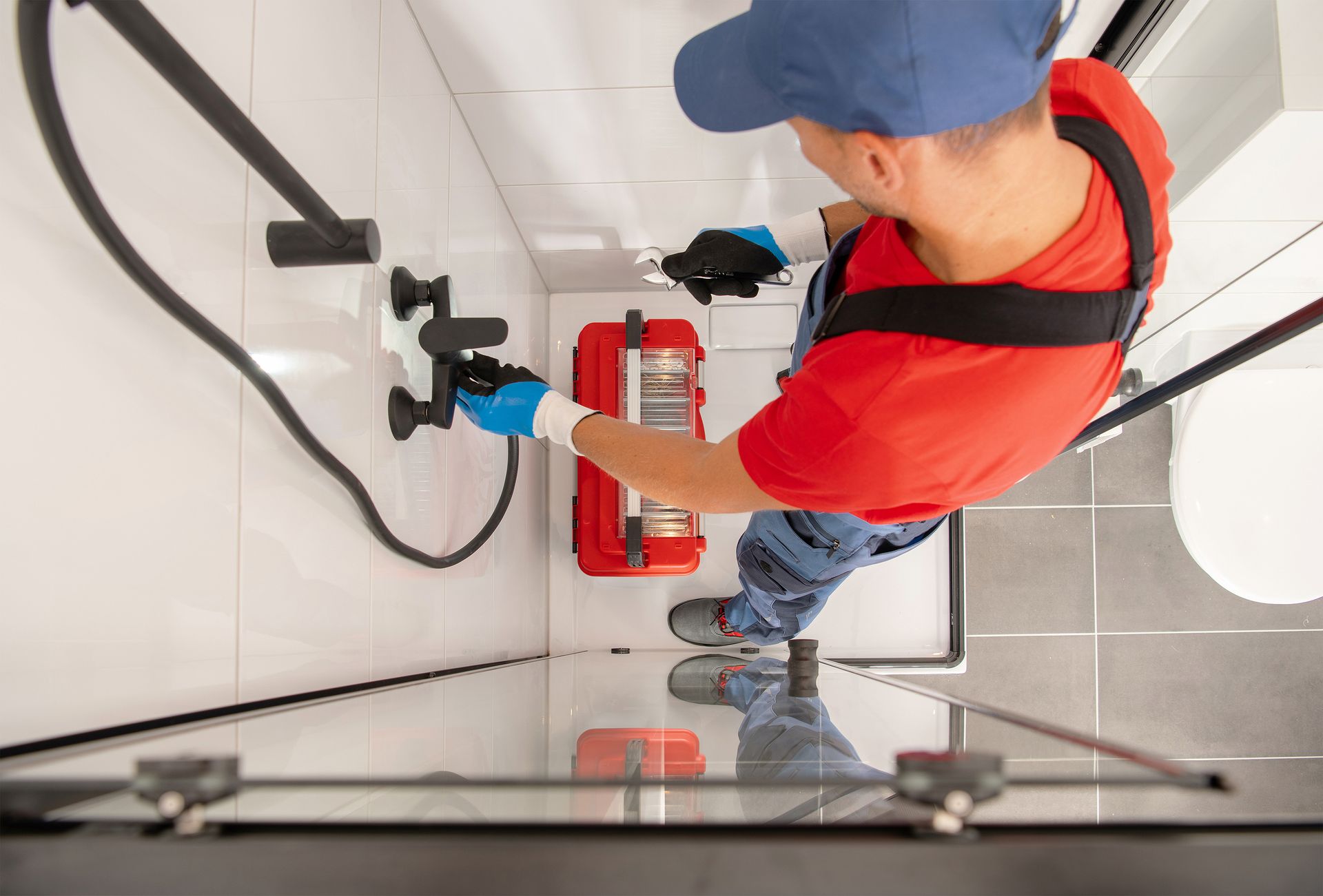
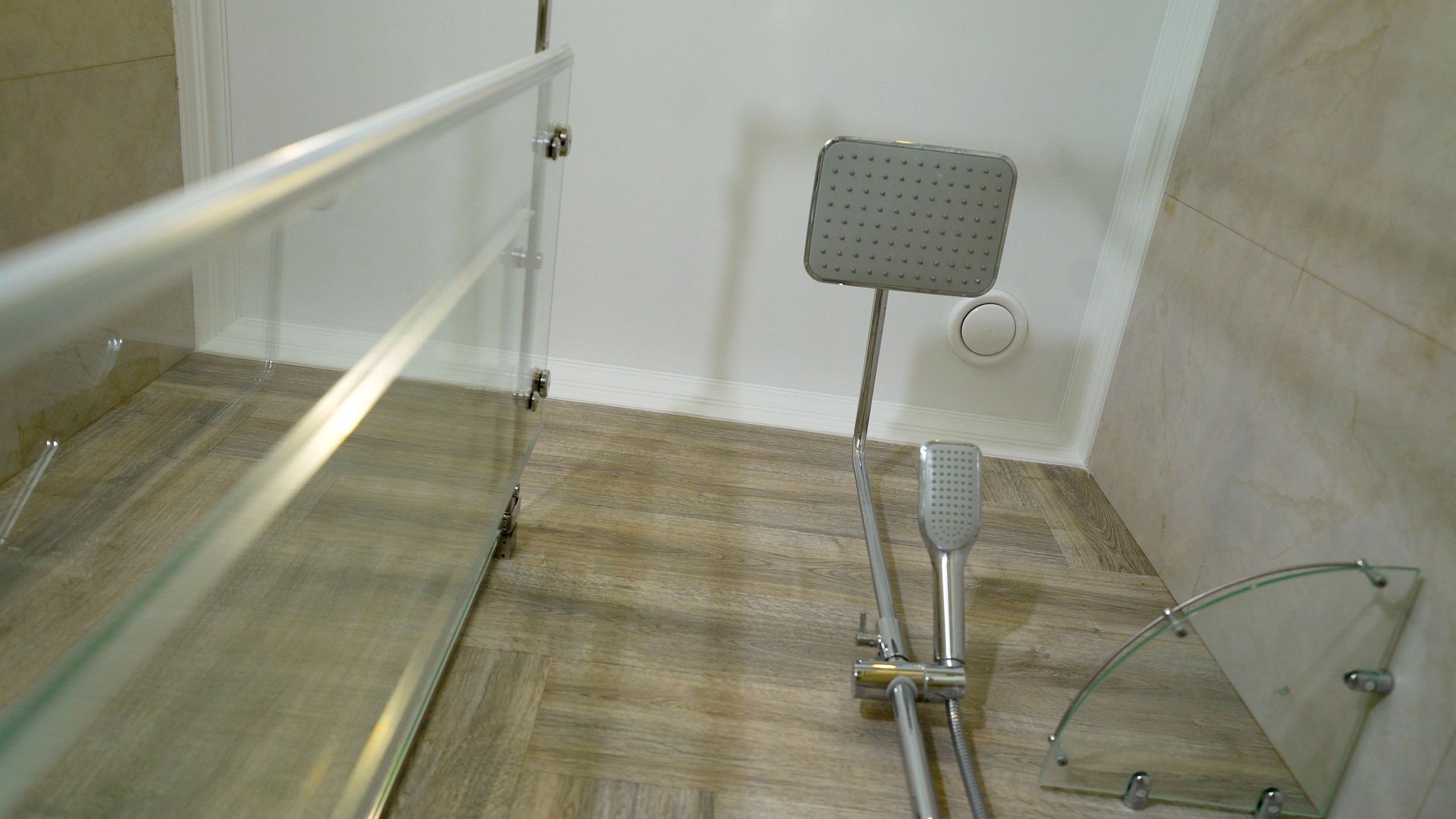
Share On: